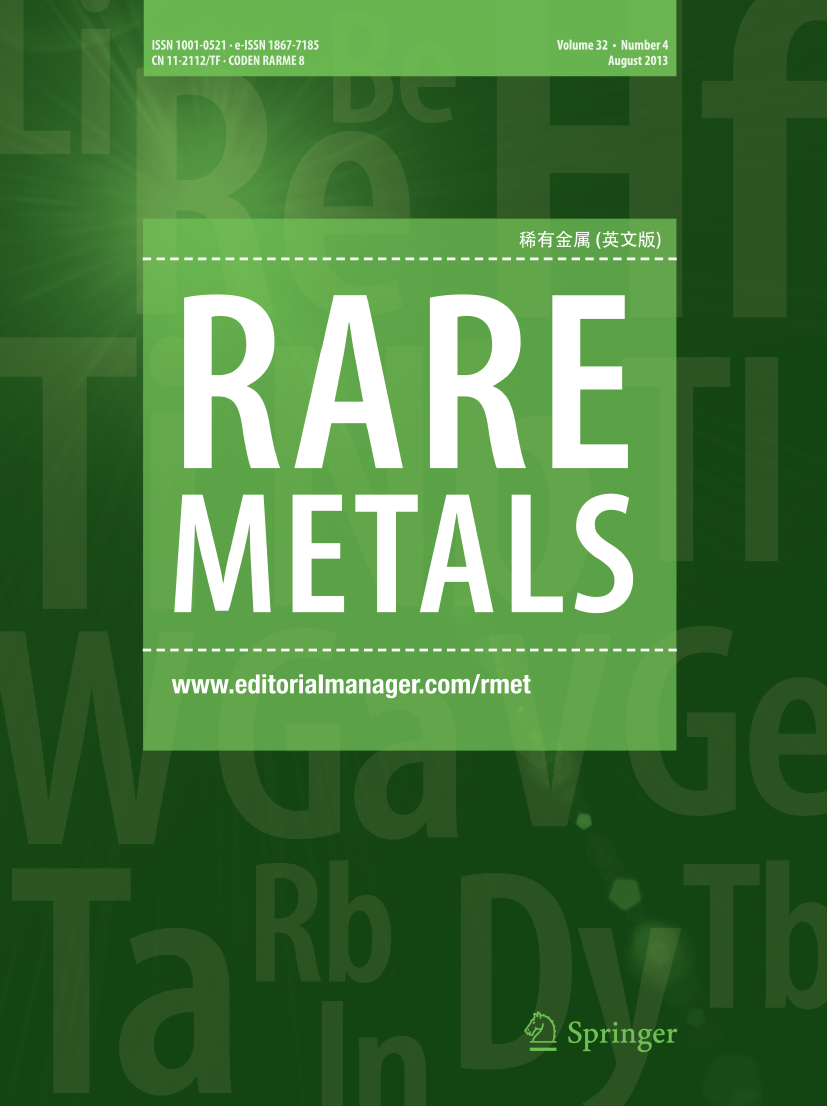Self-assembled co-delivery system of gold nanoparticles and paclitaxel based on in-situ dynamic covalent chemistry for synergistic chemo-photothermal therapy
Abstract
Recently, stimuli-responsive nanocarriers capable of precision drug release have garnered significant attention in the field of drug delivery. Here, an in-situ dynamic covalent self-assembled (DCS) strategy was utilized to develop a co-delivery system. This assembly was based on a thiol-disulfide-exchange reaction, producing disulfide macrocycles in an oxidizing aerial environment. These macrocycles encapsulated the anti-cancer drug (paclitaxel, PTX) on the surface of gold nanoparticles, which served as photothermal therapy agents during the self-assembly. In the DCS process, the kinetic control over the concentration of each building unit within the reaction system led to the formation of a stable co-delivery nanosystem with optimal drug-loading efficiency. Notably, the high glutathione (GSH) concentrations in tumor cells caused the disulfide macrocycles in nanostructures to break, resulting in drug release. The stimuli-responsive performances of the prepared nanosystems were determined by observing the molecular structures and drug release. The results revealed that the self-assembled nanosystem exhibited GSH-triggered drug release and good photothermal conversion capability under near-infrared light. Moreover, the in vitro and in vivo results revealed that conjugating the targeting molecule of cRGD with co-delivery nanosystem enhanced its biocompatibility, chemo-photothermal anti-cancer effect. Overall, our findings indicated that in-situ DCS strategy enhanced the control over drug loading during the construction of the co-delivery system, paving a way for the development of more functional carriers in nanomedicine.
Graphical abstract

 求助内容:
求助内容: 应助结果提醒方式:
应助结果提醒方式:


